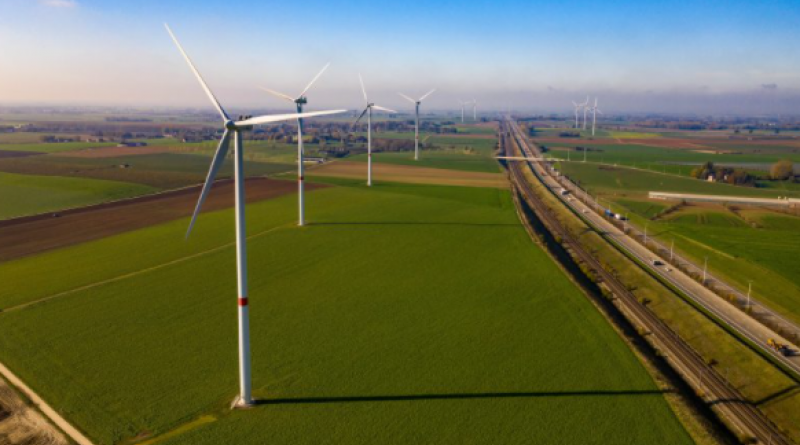LEAK (Euractiv): EU set to maintain national CO2 targets for non-ETS sectors.

EU countries are likely to reaffirm national emissions goals for sectors like buildings, transport, and agriculture, when EU leaders meet for a summit scheduled on 24-25 May.
Climate change will take centre stage at next week’s EU summit as leaders from the 27-nation bloc discuss plans to revise the EU’s carbon market, the emissions trading scheme (ETS).
Carbon prices have soared above €50 per tonne in recent weeks as Europe adopted tougher climate goals for 2030 on its way towards reaching climate neutrality by 2050.
The European Commission now wants to extend the ETS to new sectors like buildings and transport and will seek views from EU leaders on how best to achieve this.
At their summit next week, EU leaders will debate the bloc’s effort sharing regulation, which works alongside the ETS to promote decarbonisation in Europe.
The regulation addresses emissions from transport, buildings, agriculture, and waste, which are outside the ETS and cover almost 60% of Europe’s domestic emissions. Every country has a binding target for reducing its emissions by 2030 and a trajectory to get there, based on its GDP per capita.
According to the leaked draft conclusions of the meeting, EU leaders will reaffirm these targets and their scope, stating “the need to maintain national targets under the Effort Sharing Regulation and to preserve its broad scope to stimulate effective measures at national level”.
The distribution effort among EU member states should also be based on criteria defined in the effort sharing regulation – i.e.: based on countries’ GDP per capita – the document adds, stressing the need “to strengthen EU-wide sectoral measures and policies to achieve greenhouse gas emission reductions”.
Upcoming changes
If these conclusions are accepted without changes, EU countries will show they are willing for national targets under the effort sharing regulation to continue, said Wendel Trio, director of Climate Action Network Europe.
It may not be as simple as this, though. The current regulation aims for a 30% emissions reduction in non-ETS sectors in order to reach the EU’s 2030 climate goals. But these targets will need to be updated in view of the recent agreement on Europe’s climate law, which aims for a 55% emissions cut by 2030, up from the previous goal of 40%.
Alongside this, the likelihood of the European Commission expanding the ETS to include road transport and buildings raises the question of whether these should be removed from the effort sharing regulation or not.
“[The Council’s decision] is a bit premature because the Commission still needs to come up with its proposal, so it might not be the best moment in time to have this conversation,” said Trio.
Question remain also on how decarbonisation efforts will be split between ETS and non-ETS sectors and what level of emission reduction will be required from each.
“In the power sector, reductions have been much further ahead than in the other sectors, so politicians might say we can do more in those sectors,” said Trio.
However, he added, “There’s a number of sectors where there has hardly been any emission reductions, such as the transport sector, so maybe now is the time to put more efforts to actually make those reductions happen.”
Trio also pointed to a division between EU countries on whether road transport and buildings should be put under the emissions trading scheme.
“You have Germany as one of the main proponents while other countries mostly in Eastern Europe but also France are not in favour of that,” he said.
There is also a divide over which countries should take on more of the effort to decarbonise. At the moment, the richest countries are requested to make the biggest reductions, but emissions cuts can be cheaper in poorer countries, which may add pressure on them to decarbonise.
> Read the full draft summit statement below or download here
May 2021
Euractiv




